I recently had the pleasure of meeting with Jenova Chen, the creative director of thatgamecompany and designer of flOw and Flower. Chen’s latest project, the upcoming PSN exclusive Journey, may be his most enigmatic project yet. In talking with Chen, I was most interested in learning what drove his unique, minimalistic vision, as well as the challenges in creating a drop-in, drop-out online multiplayer game without the use of industry-standard matchmaking lobbies and voice chat.
Sid Shuman: Journey’s got a certain mystique. Who are you in Journey? Where are you?
Jenova Chen: I want the player to find it out, it’s part of the fun. This is a world where there are no plants, no animals, and not even a single water drop to be found. The only things that are moving are these things, these characters, made out of cloth.
SS: Journey’s a multiplayer game, but there’s no matchmaking or online lobbies. Would you say it redefines multiplayer? Is it a co-op game?
JC: We’re not really redefining. We make games for PS3 owners, but we also make games for their relatives or children. I don’t think your grandma is going to know what a [multiplayer] “lobby” means. I don’t think most children will understand what [internet] “latency” means. So after we eliminated the lobby concept, we had very few choices — other players have to be able to connect at any time, not just the beginning of the game, and a player has to be able to finish the game by himself he can’t find someone. All these technical issues came in with that one decision to get rid of the online lobby.
A lot of games design co-op for co-op play only. The best game I’ve played this year was Lara Croft and the Guardian of Light. It’s very well designed, like a designer’s jewelry box. But it wouldn’t work for Journey. What if the other player wasn’t there? So we have to come up with other ways to make co-op more meaningful. We wanted something very primal, which forced us to make innovations.
We didn’t try to redefine multiplayer, we just wanted to create a more intuitive experience. If your grandma asked, “what’s Journey?” I’d tell her “Journey is just like hiking. You go to hike a mountain, and there are other hikers you might meet and if you like them you can hike with them.” And that’s it.
SS: What’s the core gameplay goal in Journey? What activities will I be engaging in?
JC: You will be…Journey-ing. Moving from point A to point B. [laughter] The problem is, moving is very boring. In World of Warcraft, you’re always moving…and waiting. So in Journey, we have things to spice up the moving. You can surf the sand dunes, collect cloth to fly over larger distances, cooperate with another player to get faster travel…sometimes you can ride things.
SS: It also looks like you’re collecting cloth patches, which seem to open up bridges or paths to other areas…
JC: Usually, players think about collecting as a “level up” experience. But we wanted to make the player feel small and weak. So initially, we did have a level up experience — if you collected 20 patches, you would jump higher or fly further. But that felt too empowering, which is the opposite of what we wanted. So instead of acquiring power, we made this metaphor for borrowing power. There are patches in the world, and when they hear your call, they come to help you out. Once you use them, they return to where they were. It’s not an ownership situation.
It also has to do with multiplayer. People would say, “I don’t want to play with you, I don’t want you to take my precious resources!” We tried various ways to eliminate that, but in the end, we decided to not give you [permanent] possession of them.
SS: Surfing on waves of sand looks like an interesting way to get around this very dynamic, shifting environment. It’s such a simple pleasure — a bit like Flower, actually.
JC: We had problems with walking. It’s frustrating, but there’s no easy way to make walking fun. So we tried surfing, because as a gameplay mechanic it’s fun — you know, SSX. But you could surf on the slopes but not on the flat surfaces, and most of the game is flat. So we had to come up with a reason why you could surf, so we made the sand have waves.
SS: Does Journey use any buttons?
JC: There are two buttons right now. “Calling” lets you collect patches and communicate with another player, a very primal form of communication. And then there’s a “Fly” button.
SS: I noticed that the camera is controlled by the DualShock 3’s Sixaxis motion sensor, not the analog stick.
JC: I have seen various non-hardcore players try a first-person shooter, and they couldn’t even aim. The two-stick camera system, using them at the same time, is just very difficult. It takes time to train. And every time I see a player struggle with that, he just puts the game down. So I wanted to think about a more intuitive form of camera control. The other problem with a stick camera, particularly in a third-person game, is that people tend to adjust the camera very often and very rapidly. When I watch them play, I get dizzy. And I want people to be able to watch others play Journey.
SS: Why does jumping not require a button press?
JC: We used to have a jump button, but we wanted to simplify the game. When you can jump, during the boring walk [laughs] people would keep jumping. And that’s not what we wanted to see! After we removed the jump button, people said “we want to jump!” So we added an automatic jump, and it’s working pretty well. I do miss pressing the X button sometimes when I’m walking, though!
SS: Are there enemies in Journey?
JC: There is something like an enemy, there is. [laughter] Nature is your enemy. If there is an enemy, you can’t do anything about it. You’re small and weak. You can’t slay the Shadow of the Colossus!
SS: Did any particular artist inspire the visual style of Journey?
JC: Do you know Chirico? If you see the original Japanese cover art of Ico, it’s an homage to Chirico. At an early stage, that was an inspiration.
SS: Journey is a very different kind of multiplayer game. Is it important for developers to challenge preconceived notions about what makes a multiplayer game?
JC: It’s important because your brain can be stimulated intellectually, emotionally, and socially. When people design online games, they often do lazy work. They bring an existing single-player game — an RPG, an RTS, a fighting game, a shooter — and duct tape on some online technology. They say, “okay, there’s multiple players, now do something cool. Here, play a kid’s game like Capture the Flag.” That’s the level of design. “Why don’t you kill each other until the last guy is left standing.”
If you really wanted to stimulate a social activity, you need to re-think it from the ground up. What is the skill they’re supposed to acquire? Accuracy? Or is it the ability to convince others? If the skill is social, it’ll be very relevant and useful. People still play poker. Why? Because the skill of deception is useful for real life. Look at online games. How many skills are based on social elements? Most games are based on grinding, accuracy, physical dexterity. They are not social games. They’re just old games with online features.
SS: Now, you’re saying this as a Call of Duty player, aren’t you? You like shooters.
JC: Yeah. I like fighting games too.They’re fun. But as I get older, what’s the point in pulling off another infinite combo? What does that do for your life? It’s not useful. People still play chess because strategic thinking is useful. Brain training games, fitness games…these have relevance. People don’t have much time to waste, so they want relevance. Whether it’s emotional relevance, like experiencing joy or sadness, or intellectual relevance, or social relevance.
SS: What other developers do you think are challenging gaming, perhaps in other areas?
JC: Quantic Dream. Team Ico — everything they make is very rich and deep emotionally. I think LittleBigPlanet is also very interesting. It’s not so much emotional as it is a different frontier. I also really appreciate whoever makes the best first-person shooter. Blizzard is always great, they have a lot of craft. We need those things too, because the game industry has to cover all sides. It’s not that I’m against fighting games or shooters — they need to be there, and they need to be good.
SS: Are you looking forward to BioShock Infinite?
JC: I liked BioShock but I didn’t finish it. I think I didn’t appreciate it as much as the fans, but I totally get the philosophies. I will try [Ken Levine’s] new game…it’s relevant. It’s not just about being strong and killing enemies. I appreciate that.




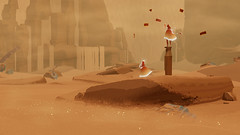
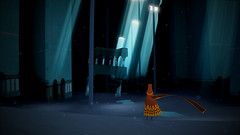

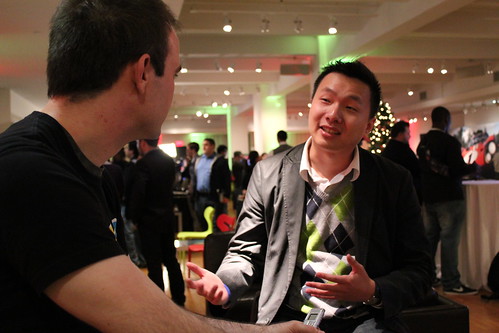
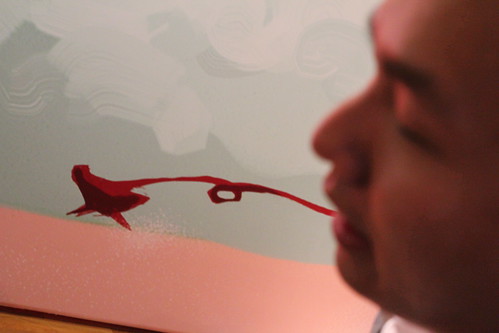

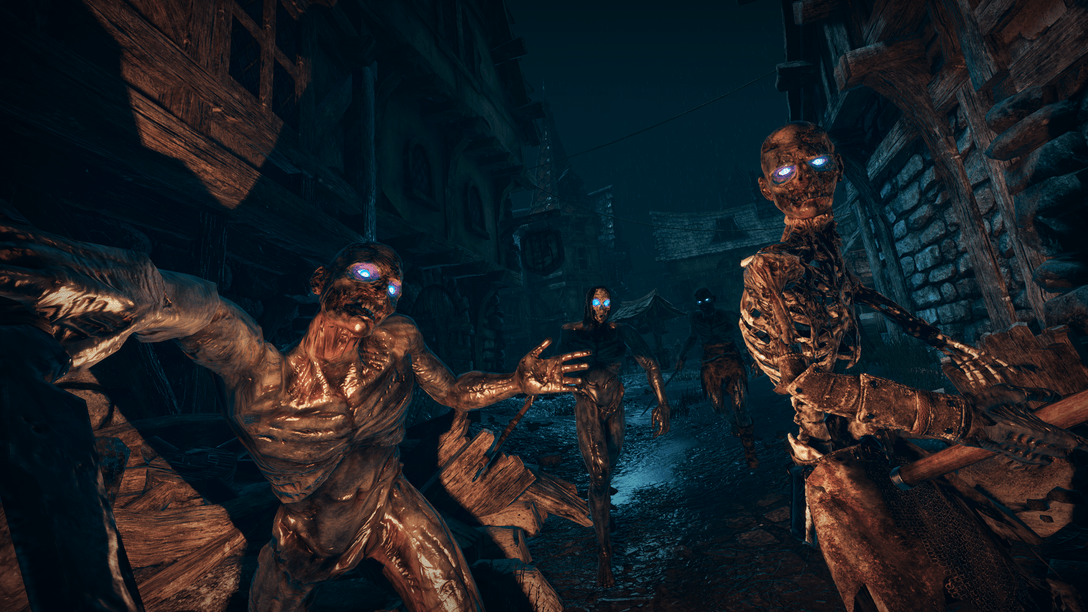
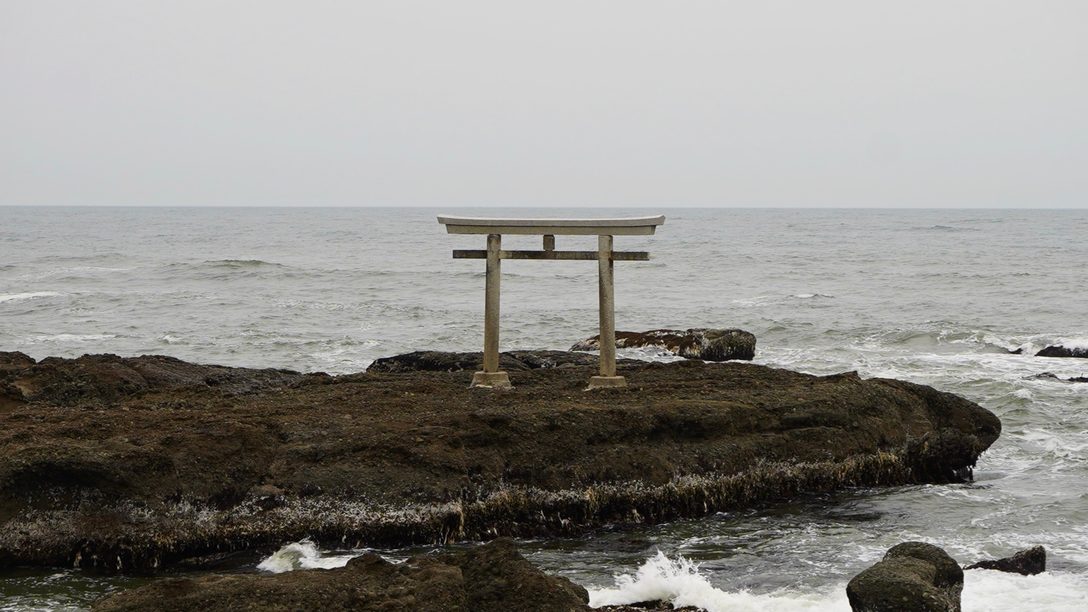
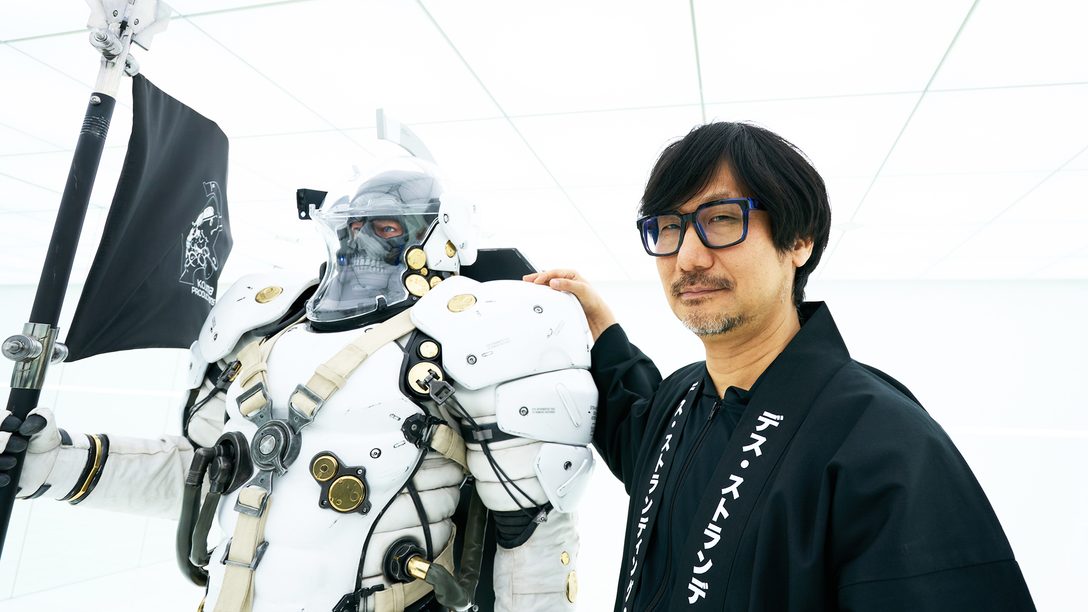




Comments are closed.
65 Comments
Loading More Comments